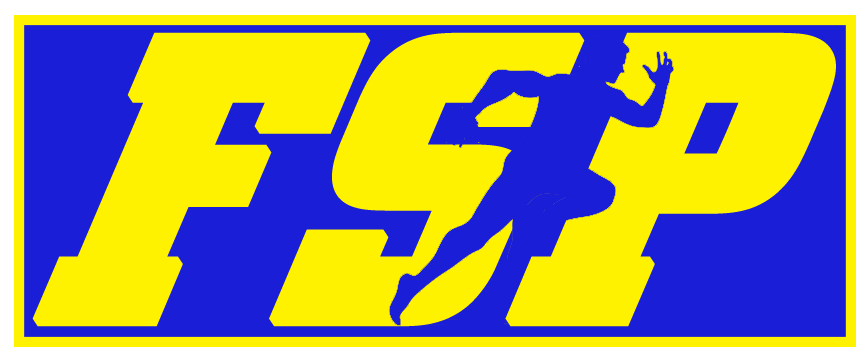Sports performance is a more encompassing term than just “strength and conditioning.” It involves all aspects of making an athlete faster, stronger, and more injury resistant. More than just lifting weights and running fast, sports performance involves creating good sleep and nutritional habits, building positive character traits, as well as setting and reaching measurable and attainable goals with regard to physical gains.
Simply put, there’s no better time to strike. There are numerous skill acquisition and speed development windows that open and close during an athlete’s early life. It will never be easier to learn new motor programs or develop new athletic traits than it is in these windows.
Additionally, a young athlete’s body is constantly changing. Repeated growth alters an athlete’s movement, requiring the constant practice of foundational patterns, such as sprinting mechanics to ensure they transfer to the “new body.”
Finally, longer limb length comes quickly. Muscle growth and strength do not. It’s imperative during growth, to train during these growth cycles to ensure athletes have the requisite strength to maintain healthy joints and resist injury.
We assist all athletes in reaching their goals. The large majority of athletes need similar things in the earlier stages of their development. Regardless of the sport or competition level, we want to help your athlete take the next step in their development.
It absolutely is and they SHOULD. There are a lot of misconceptions regarding young athletes and resistance training. Truthfully, external loads can often produce less stress on the joints than bodyweight exercises. We can manipulate external load. They can’t shed bodyweight to finish a set. Adding external load when appropriate will improve bone growth and promote stronger joints… not the other way around! Long story short, young athletes can lift as early as they’re cognitively aware of their bodies and mature enough to follow instructions from degreed and certified professionals.
We absolutely do. Girls need speed, strength, and agility development as much as the boys do. In fact, female athletes are significantly more likely to experience serious knee injuries than male athletes. Strength and conditioning then becomes a crucial intervention to keeping talented girls in the game vs. on the injury shelf!
Weightlifting, powerlifting, and resistance training are not in and of themselves sole determinants of muscle mass. While they are certainly large contributors, nutrition, gender, endocrinology, and age all play vital roles in muscle hypertrophy.
All things being equal, females CANNOT gain muscle at the same rate or build it to the same effect as their male counterparts… it’s just not in the DNA. Furthermore, FSP athletes don’t train like bodybuilders. They train like athletes. Muscle growth is to be expected but certainly don’t believe for a second that you’ll be “swole!” You’ll be an awful lot stronger than you look.
In order to become a coach, instructor, or trainer at FSP, candidates must have completed a minimum of a four-year degree in an exercise science-related field at an accreditted college or university.
In addition to these requirements, candidates must hold and maintain accreditted certifications provided by a leading certification provider such as the National Strength and Conditioning Association, the American College of Sports Medicine, or the National Academy of Sports Medicine.
By maintaining these high standards for our coaches, trainers, and instructors, we are able to maintain our lofty standards for your training and programming and provide you with consistently elite instruction every single workout.
Do you have additional questions?
READY TO GET BETTER?
Call us at (470) 545-3586 to request more information on our programs.
Click the button below if you’re ready to get started!

